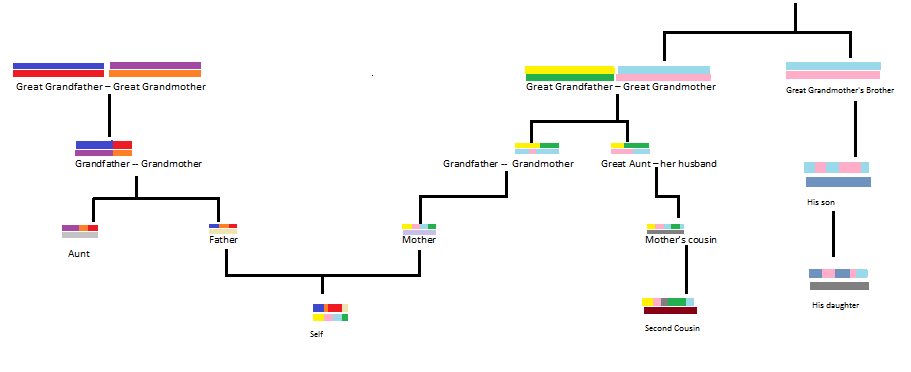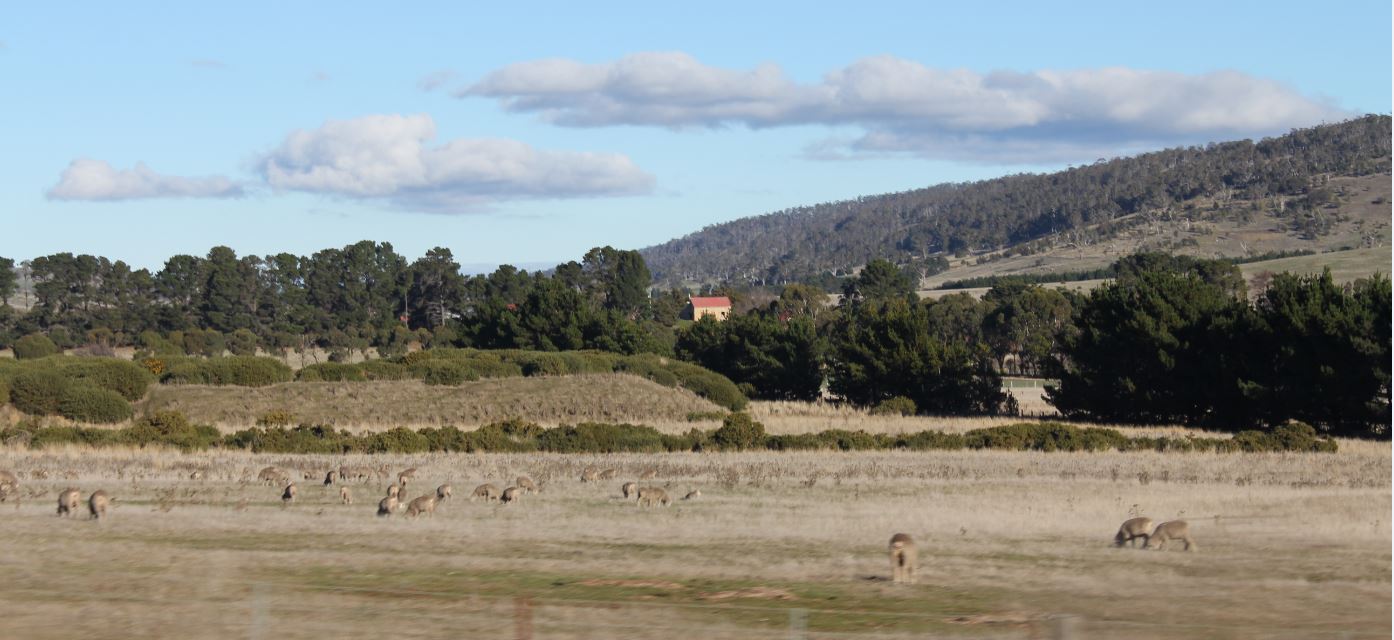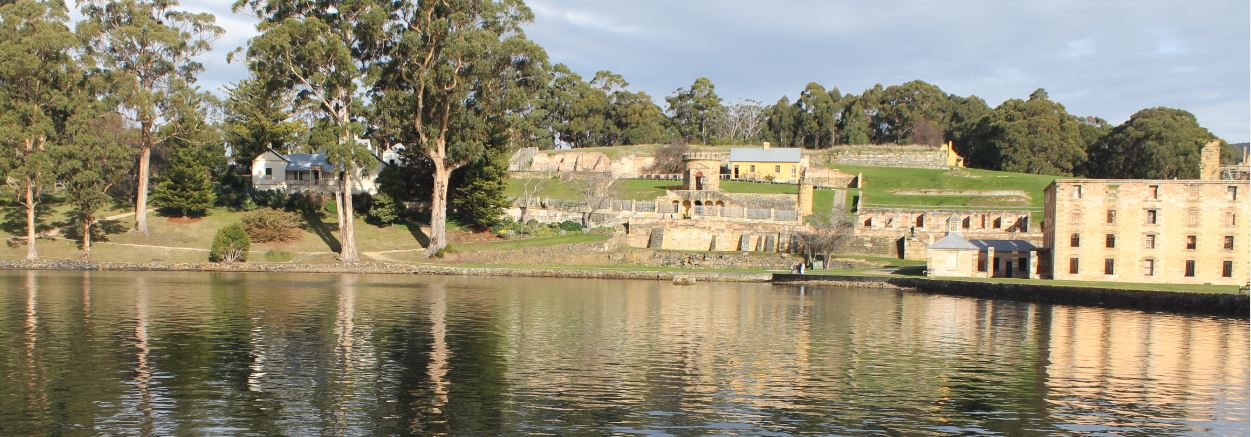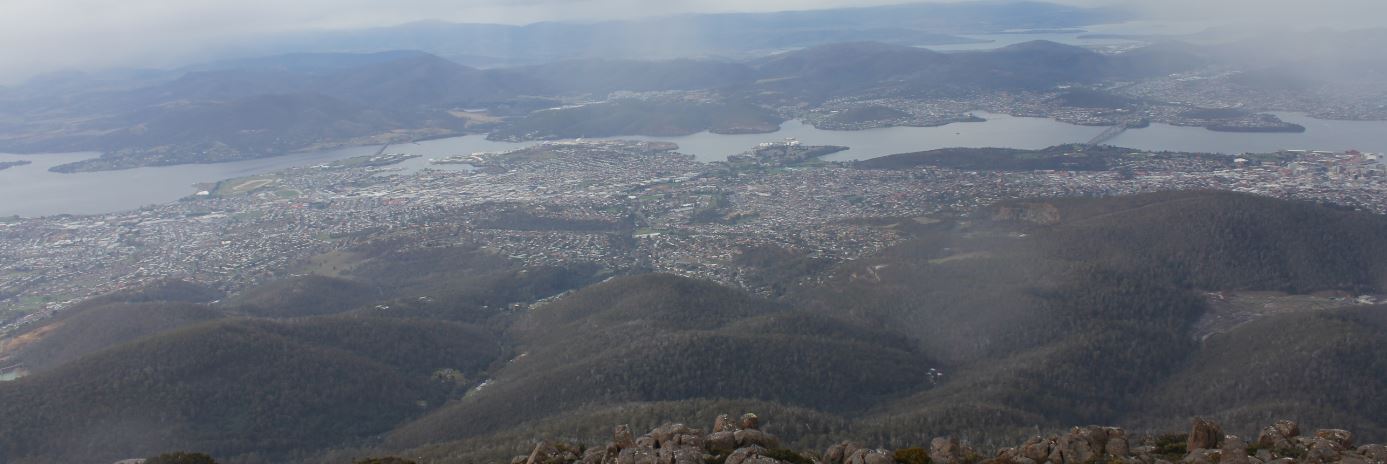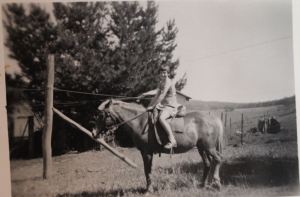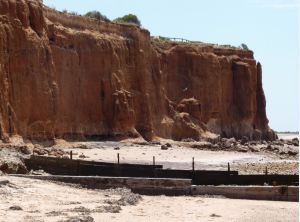I’ve spotted a lot of recommendations to join DNA projects and I have joined several, most through FamilyTreeDNA.
My first two projects I found through the FtDNA website. It has changed a little now, but there is a drop down menu under a heading ‘My Projects’ and in here are options to Learn More, Join and Manage. The option of Join takes me to the Project search screen and has a list of projects at the top that my provided details presumably suggest are relevant to me. They may not be relevant, these are just suggestions. For instance, the first project in this list is the 464xccgg project, which is for men only. Not being a man, I don’t feel that I have any place in this project, however, it covers a region where I do indeed have ancestry and some of my family names are amongst the listed names. Perhaps if I have my father DNA tested his kit could join.
It is worth looking through these suggestions, but I wouldn’t rely on them to locate the best projects. The most useful project that I have joined never did appear in this list.
There are a few different types of projects and some of them have evolved into more than they started as. The basic kinds are, unsurprisingly, based on the type of DNA test. There are YDNA projects and MtDNA projects.
YDNA projects came first and kind of set the uninformed world’s understanding of DNA testing, in a way which I think is detrimental to the present DNA Testing community. These projects test the paternal line only, can determine whether different families of the same surname originated from the same line, and enable the origins of a paternal line to be discovered. Once, this was the be-all and end-all of DNA testing. Back in those days, women’s DNA was useless for research purposes.
MtDNA projects are now out there too, and these are harder to use but have infinitely more potential in my mind. I have never seen statistics on this, but I’d bet that 66% or more of brick walls are women. I have three of these myself – all women. With men, you can locate a surname in a probably area and research all those people until your own ancestor pops up. Women are so much harder, even if you have her maiden name. They tended to go to where their husband came from and their name changed. Their husband’s family names were often used first for the children and if they died after the first few their own family names never came into play. Often their belongings became their husbands’ and they had no Will to leave.
When enough people have tested MtDNA Full Sequence, we may see some results. In the meantime, I and hundreds of others will wait, in our exclusive little groups of ten women to a subclade at a greater genetic distance. The connecting factors will appear for us sometime.
DNA TEST INCLUSIVE PROJECTS are also out there now, and some of the former Y or Mt projects are morphing into these. Autosomal DNA tests (eg Family Finder) are becoming more useful as the testing algorithms are improved, as more people test, and as the results are better understood. The blanket understanding that ‘it is only good for the most recent 5 to 6 generations’ has also been challenged by people finding MRCAs at a much greater distance. While that is still a good guideline, the tested community can identify many connections by (cautiously) stepping outside the box.
There are two main types of Inclusive Projects:
GEOGRAPHIC projects endeavour to investigate everyone in a specific region. I have great admiration for the courageous project leaders of these projects because I can’t really conceive a good methodology for using DNA to work out the groups. I guess with YDNA as a backbone you could use autosomal results to fill out the local families. I can see how it might work in a closed society such as early Van Diemen’s Land or Tristan Da Cunha, but for somewhere like Limerick in Ireland (as a random geographic region in which I have interest) I just don’t see how you can work with the comings and goings of generations of itinerants, merchants, regiments and religious refugees. Certainly, as a surname group it works nicely and some geographic groups are going very well.
SURNAME Projects look at the DNA of specific surname in any location from any test. Some have a starting objective, eg to identify all descendants of a specific historic figure or common ancestor. Others simply gather data and look for patterns, making conclusions as they go.
So – having located a likely project within FtDNA, it is simply a matter of reading the entry requirements and if you match, click the join button. Then, as every project reminds you, check the privacy settings within FtDNA to ensure you have given the Project administrator access to your data, because this is what joining a project is really about – so someone can gain an overview into trends and patterns across a range of relevant DNA tests. An email will be sent if you are approved – which will happen as long as the kit which is joining meets the requirements.
So – on to my first projects.
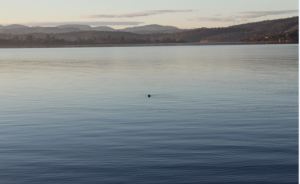
The Derwent River near Rosetta, north and west of Hobart, Tasmania. . This is a wide river and used to have regular paddle steamers and ferries. Some of my ancestors would have known it well.
THE ULSTER PROJECT – A Geographic Project
This is a project for people with ancestry in Ulster. I joined this one because I have an ancestor couple from Fermanagh.
John McKinley and his wife Alice nee Bowles probably warrant a whole blog post and I’ll make one if (when) I confirm a DNA connection with them. I am pretty sure they are ancestors, the paper trial is quite complete and match family recollections and mementos. But in brief, they were a quiet, well-behaved couple with two children who suddenly committed a crime in January 1846. They stole some geese, together. John was sentenced to transportation, Alice was deemed to be acting under her husband’s instructions and received a very minor sentence – 8 days in jail. For each of them it was a first offence.
There have been reports of desperate Irishmen committing a crime in order to receive a free journey to the colony, considering seven years of servitude a small price to pay for the chance of living a full life complete with food and housing after the sentence was done. There is still debate about how much this occurred, but it would certainly explain this couple. I have plenty of convict ancestors – some of them were rebellious, some dysfunctional, some self-serving. John and Alice McKinley were none of these things and their crimes just don’t gel with the rest of their history.
If the plan was to obtain passage to the colony, then they had not achieved the desired outcome. They had simply lost the family breadwinner. If so, the only solution was to do exactly as Alice did next. She committed another offence. In March 1846, Alice was found guilty of stealing shoes and a shirt, and was also sentenced to transportation. Neither of them committed an offence again, in their whole exemplary and community-oriented lives.
Because of this couple, I jjoined this project. I don’t really know what I expected. It took a few days – but only a few days – to be accepted. After a few weeks I sent an email to one of the project managers asking what we were learning. He responded promply and was very friendly, but forwarded my email to the other manage who apparently knew the DNA stuff. I have never heard from him. If anything is happening in this project, it is not apparent to the average member. But it doesn’t hurt me to be in it and maybe they are learning heaps.
THE ‘H AND HV’ PROJECT AND H2 SUBPROJECT – An MTDNA Project
‘H and HV’ and the H2 MtDNA projects have more to look at on the project page. I am listed on the table showing member results and the main page has some information about the H haplogroup which is interesting.
In the ‘H and HV’ project there are two of us with the subclade H2a2a1c . The other one does not show in my list of MtDNA matches so the genetic distance must be great. Which is a shame because the earliest known ancestress comes from Ireland in about the same time period as my Fanny/Annie Rice/Price, so I’d have gotten quite excited about it. As it is – I guess the relationship is far more distant.
In the ‘H2’ subproject, there are again the same two of us. I don’t really know what I’m doing in these projects but I’m sure my details will be useful to someone.
These projects are clearly happening and the pages change, details are kept very up to date. However, as a member I don’t receive much feedback on the progress. But I do like looking through the list of members and seeing how many there are in each subclade and where the earliest ancestress came from
Since this post became so long, I’ll make another post for the other projects.
